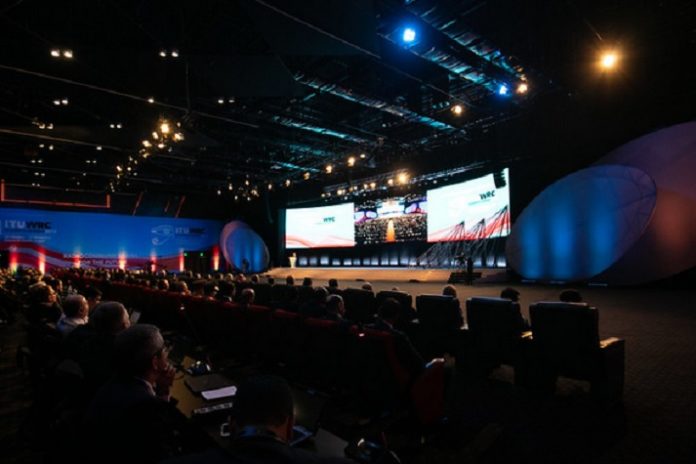At the World Radiocommunication Conference (WRC-19) in Egypt, member states of the International Telecommunication Union (ITU) established regulatory procedures for the deployment of non-geostationary satellite (NGSO) systems in specific radio-frequency bands and services, including megaconstellations in Low Earth Orbit (LEO).
Under the agreement, NGSO systems will have to deploy 10% of their constellation within 2 years after the end of the current regulatory period for bringing into use, 50% within 5 years and complete the deployment within 7 years.
The agreement hopes to provide a regulatory mechanism to help ensure that the Master International Frequency Register reasonably reflects the actual deployment of such NGSO systems. Additionally, it seeks to strike a balance between the prevention of radio-frequency spectrum warehousing, the proper functioning of coordination mechanisms, and the operational requirements related to the deployment of NGSO systems.
“Advances in satellite design, manufacturing and launch service capabilities have created new possibilities for high-bandwidth connectivity around the world,” said Mario Maniewicz, Director of the ITU Radiocommunication Bureau. “This landmark agreement at WRC-19 represents a technological milestone that will enable the deployment of next-generation communications while providing broadband Internet access to the most remote regions.”




